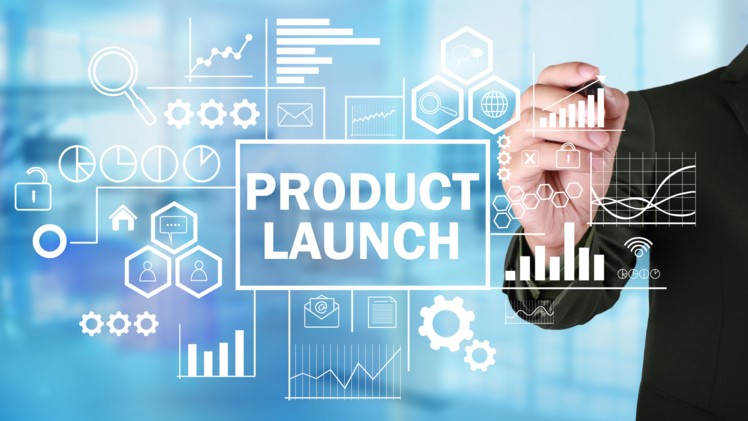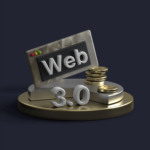Product Development Process Models: The Stages of Developing a New Product
Developing a new product is an important process for any company looking to grow and expand. However, before starting a product development process, it is important to categorize the different types of new products. There are four universally agreed-upon categories for innovation, namely breakthrough, incremental, platform, and disruptive products. Each category has a unique set of characteristics that can help a company understand what kind of product it is developing.

Categorizing New Products
Breakthrough Products are a type of product that most people immediately think about when they think about innovation. They may offer a huge improvement in performance, a great reduction in cost, or a leap in technology. These products come on strong in the market, then quickly drop to a lower level of performance as other manufacturers catch up.
Incremental Products, also known as sustaining products, often reduce costs, improve existing product lines, reposition existing products in new markets, or are an addition to an existing platform. They generally improve the current product with new generations and extend the life cycle of the breakthrough product before they taper off.
Platform Products set the basic architecture for a next-generation product. They are larger in scope than incremental products and can satisfy a variety of markets.
Disruptive Products have a longer initial gestation period upon release but then have enormous growth. They offer simple, low-cost solutions to customers’ problems and disrupt market-leading products by offering low-quality products, then improving the quality until they capture the mainstream market.
The Stage-Gate Model: Stages of Developing a New Product
There are many different product development process models, but the Stage-Gate model is one of the most commonly used. It consists of eight stages, which are described below.
Stage 1: Generating
The first step in developing a new product is generating ideas. This step requires a SWOT analysis, which includes scanning your organization’s Strengths, Weaknesses, Opportunities, and Threats. This step is where you develop the roadmap for the product. Experts advise developing more than one roadmap scaled to fit different risk levels.
Stage 2: Screen the Idea
An objective group or committee reviews criteria that you developed and decides to either continue or drop a project. This step is done quickly so that you drop any ideas that do not make the cut. Market potential, competition, ROI, and realistic production costs should be part of the criteria.
Stage 3: Test the Concept
After internal screening, you test the concept with your customers. Their feedback gives your company some marketing ideas and potential tweaks to the product itself.
Stage 4: Business Case Analysis
At this stage, you have a fully formed product; the concept has been reviewed internally and externally. Develop a set of metrics and a business case. The metrics should include the development time, the value of any launched products, the sales figures, and other data that shows the utility of your process.
Stage 5: Product Development
You are getting ready for consumer testing, so the technical team must complete your design. During this step, you should complete beta versions, settle on manufacturing methods, and address packaging.
Stage 6: Test Market
The whole concept is together and pitched to your consumer test group as the beta test. In this way, you validate your concept. At this time, you should work out any technical issues with the product.
Stage 7: Commercialization
This is the step that finally takes your product to launch in the marketplace. Complete final marketing and prices, and give the finalized details to the rest of your company, especially the sales and distribution teams. Set up technical support to monitor customer needs.
Stage 8: Launch!
The launch plan should be comprehensive for maximum impact. Market research and a competitive analysis should be included.

In conclusion, understanding the different types of new products and the stages involved in the product development process is essential for any company that wants to stay competitive in the market. The four universally agreed-upon categories for innovation are breakthrough products, incremental products, platform products, and disruptive products. Each of these categories has its unique features, and companies must decide which type of product best fits their goals and resources. By following a structured product development process like the Stage-Gate model, companies can streamline their efforts and ensure that their products meet customer needs and generate revenue. With the right approach, companies can create innovative products that disrupt the market and drive their business forward.















